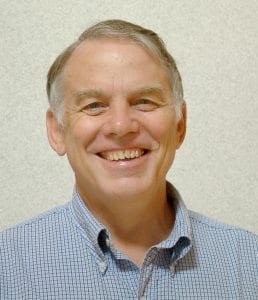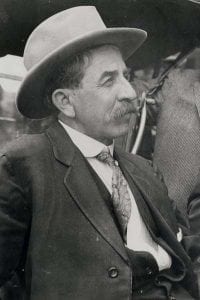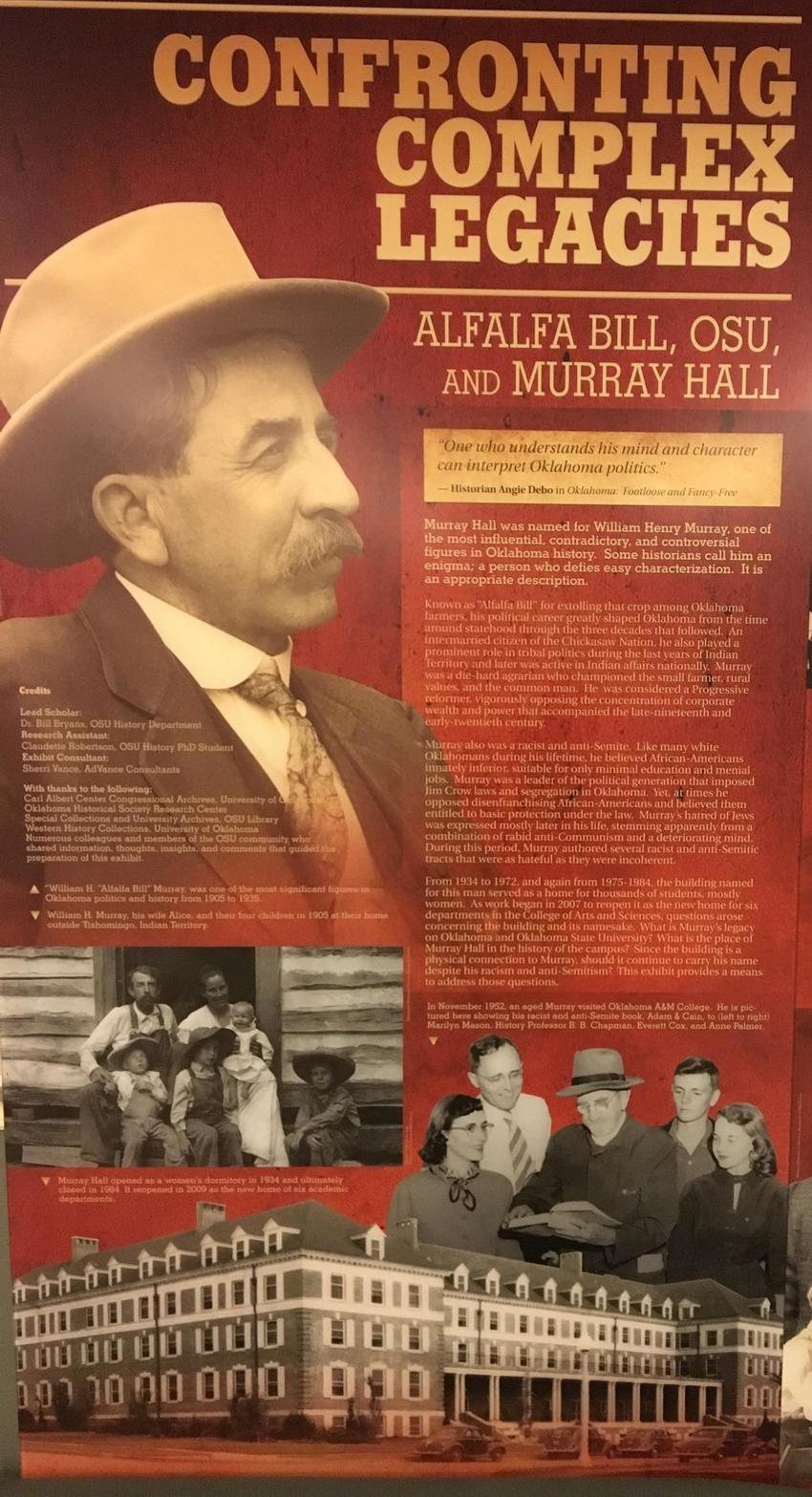BY BOB DARCY
 There is always a fuss over changing building names or removing statues. “You can’t change history!” The statement appears unassailable. Nevertheless, the argument “You can’t change history” is fundamentally flawed.
There is always a fuss over changing building names or removing statues. “You can’t change history!” The statement appears unassailable. Nevertheless, the argument “You can’t change history” is fundamentally flawed.
All areas of human knowledge change. My 1894 Britannica holds an “atom is a body that cannot be cut in two.” My 1929 Britannicatells us “ … only 92 elements up to the heaviest, uranium, can possibly exist.” Today, the atom has been split and we have 118 elements.
Even our Bibles change. The old Vulgate has Daniel 12:4 “ … Many shall pass over, and knowledgeshall be manifold.” The New American Bible Revised Edition offers “ … many shall wander aimlessly and evilshall increase.”
All science is essentially a narrative tying together a myriad of facts. New discoveries and changed perspective force narrative alteration. The American historical narrative was challenged when “What about women?”, “What about ordinary lives?”, “Do gays have a story?” and “What about non-whites?” were asked.
In 1934 Congress and the president went along with demands of Italian Americans and Catholics. Oct. 12, Columbus Day, became a national holiday. An Italian Catholic entered the formerly Anglo-Saxon Protestant American pantheon. Anti-immigration and anti-Catholic groups lost that one.
These days Native Americans and their sympathizers are against honoring Columbus. If they get their way Oct. 12 will become “Indigenous People’s Day.” The narrative shifted from a noble Columbus holding out a cross while furtive savages peek through bushes to the disease, slavery, genocide and cultural destruction following Columbus.
The past has not changed. Our understanding has.
Each generation is free to create its monuments. In 1933 Yale University named its new college after 1804 alum, Senator, Vice-President, leading American political theorist John C. Calhoun. The name was chosen to provide inspiration for Yale’s white male undergraduates.
However, Calhoun was not merely a slave-owner, he was a leading defender of slavery as best that could be done with the African race. He was the theorist of States Rights and state nullification of federal law. In his day Calhoun was a giant.
The Civil War and civil rights movement discredited his ideas. Faculty, alumni and students agitated to remove Calhoun’s name. Yale President Peter Salovey in 2006 announced there would be no change. Calhoun was a man of great accomplishment, “We cannot erase history … ”
Nevertheless, the next year Calhoun College became Grace Hopper College. Admiral Hopper was a Yale PhD computer scientist. Yale chose to turn its spotlight from Calhoun to a woman whose life held different lessons for the now co-educational and multi-racial undergraduates. Yes, Calhoun is still in thousands of Sterling Library books and history syllabi. But Admiral Grace Hopper inspires.
 At Oklahoma State University we have two adjacent buildings named for William “Alfalfa Bill” Murray. In his favor, Murray was president of the state’s Constitutional Convention, first House Speaker, member of Congress and governor. But Murray was also an anti-Semite, as late as 1948 advocating deporting American Jews to Madagascar.
At Oklahoma State University we have two adjacent buildings named for William “Alfalfa Bill” Murray. In his favor, Murray was president of the state’s Constitutional Convention, first House Speaker, member of Congress and governor. But Murray was also an anti-Semite, as late as 1948 advocating deporting American Jews to Madagascar.
In state politics he was an inflammatory racist. In office Murray acted on his African American inferiority beliefs. He legislated school segregation. He held African Americans had no place in public life, especially voting. He opposed the New Deal and saw a Nazi victory in Europe as Oklahoma’s opportunity.
He saw no point in teaching liberal arts at Oklahoma Agricultural and Mechanical College. He wreaked havoc with OAMC textbooks and did his best to politicize the school. When some New Deal money became available to build a dorm Gov. Murray blocked it. OAMC successfully appealed to his vanity by offering to name one of the nation’s largest residence halls for him.
A few years ago some students and faculty figured who Murray was. They were appalled. The name must be changed! The Student Senate and Faculty Council asked his name be removed. The regents admitted Murray was colorful, even controversial, but fell back on “You can’t change history.”
Regents could change the name any time they wished – just like the Tulsa School Board did the Robert E. Lee School; just like Stillwater’s school board changed C.E. Donart to Stillwater High School; just like the OSU Regents de-named Lewis Field in favor of Boone Pickens Stadium; just like West McGeorge Avenue became Hall of Fame; just like OSU’s North Hall became North Murray; just like OAMC became OSU.
Their OSU education failed our regents. On the subject of Murray Hall and North Murray they could not get beyond “You can’t change history.”
– Bob Darcy is a retired Oklahoma State University political science and statistics professor
Poster Illustration: Thomas Craig/ResearchGate.com; William “Alfalfa Bill” Murrah photo: Oklahoma Historical Society.








